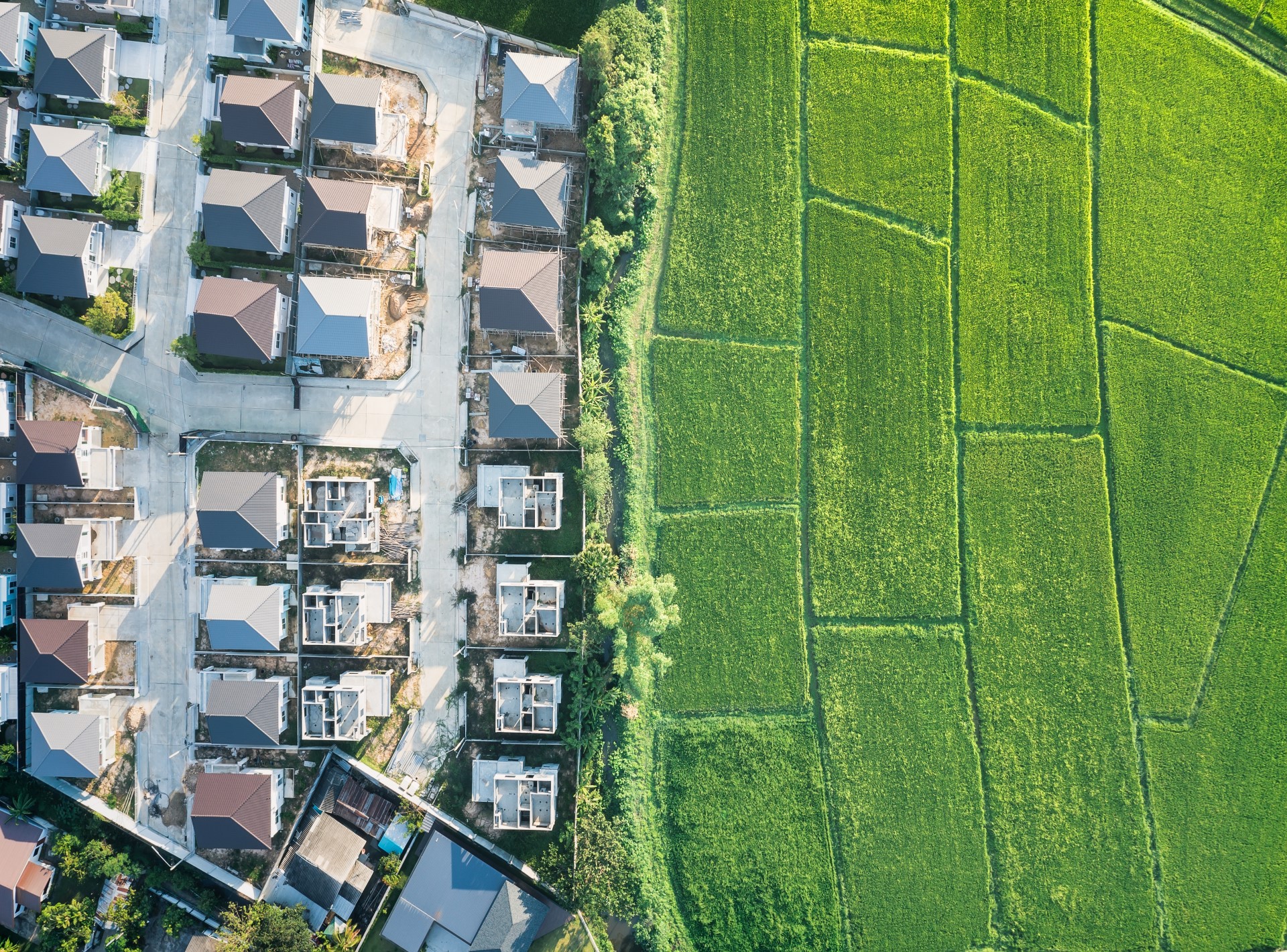New data from the AIHW on the use of Medicare-funded health services in various local governments areas (LGA) is showing up the rural city divide.
On average, people living in very remote areas used 8.5 services per person in 2022, with a subsidy rate of 85%, whereas people in major cities used 18.3 services with a subsidy rate of 76%.
People living in lower socioeconomic areas also tended to have lower service use but a higher MBS subsidy rate, with a rate of 84%, compared with 72% in the more expensive areas.
The new releases by the AIHW – Medicare Benefits Scheme funded services: monthly data and Medicare Benefits Scheme funded services over time – demonstrates how MBS-funded service use and subsidies have evolved over time in LGAs, states or territories and nationally.
The resources have already confirmed that despite the stagnation of the system in terms of funding, over time, Australians have accessed more MBS funded services, with people receiving an average of 17.8 services per person in 2022.
AIHW spokesperson, Dr Adrian Webster (PhD), pointed out that Medicare covered three-quarters (76%) of provider fees for these services, with the remainder, such as out-of-pocket payments or private health insurance, being covered by the patient.
“Since the MBS was established in 1984, it has undergone many changes,” Dr Webster said. “For example, the number of services eligible for funding through the MBS has substantially increased from 2,300 in 1984 to 6,000 in 2023.
“However, across LGAs, remoteness and socioeconomic areas, we have seen consistent differences in the subsidy rates and service utilisation over time. The data showed that people living in more remote areas have tended to use less MBS funded services but have a higher subsidy rate compared to those in more urban areas.”
Dr Webster added that at a national level, the proportion of provider fees paid for through Medicare had fluctuated, but in the 15 years prior to the COVID pandemic, it remained relatively stable at around 79%.
“Early in the pandemic, the subsidy rate increased in association with several measures, including incentives to encourage GPs not to charge out-of-pocket fees and, later, the rollout of the vaccination program.
“In the most recent reporting period, the subsidy rate had reduced to well below previous trend levels, reaching 73% in February 2023, the lowest national proportion since the MBS was established.”
The proportion of fees covered through the MBS also varied by service type, with visits to the GP and pathology services attracting the highest subsidy rates, averaging 89% and 95% respectively during 2022.
Anaesthetics and obstetrics had the lowest subsidy rates, averaging 40% and 39% respectively.


